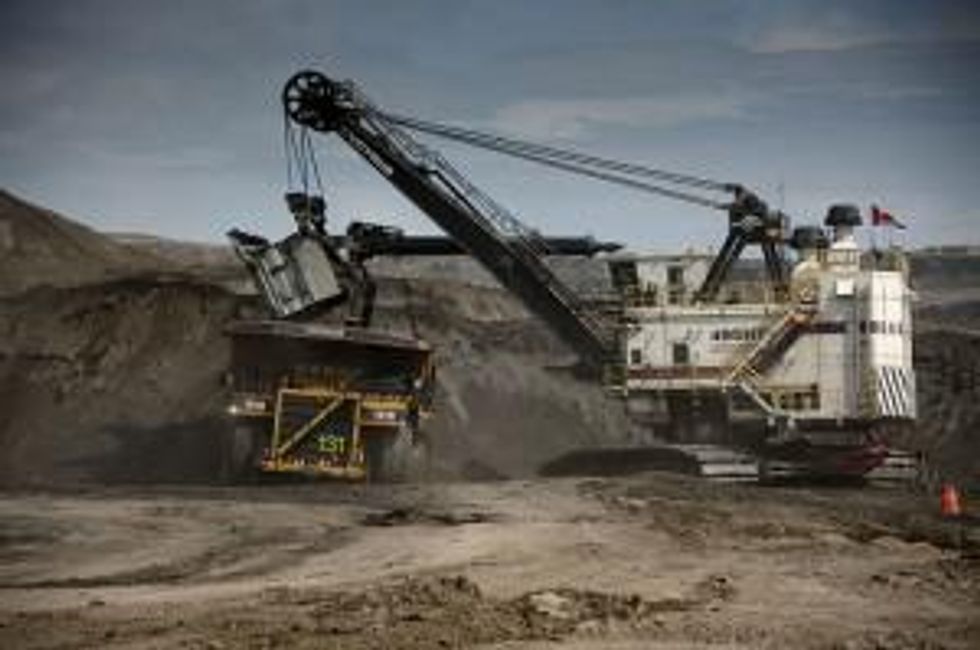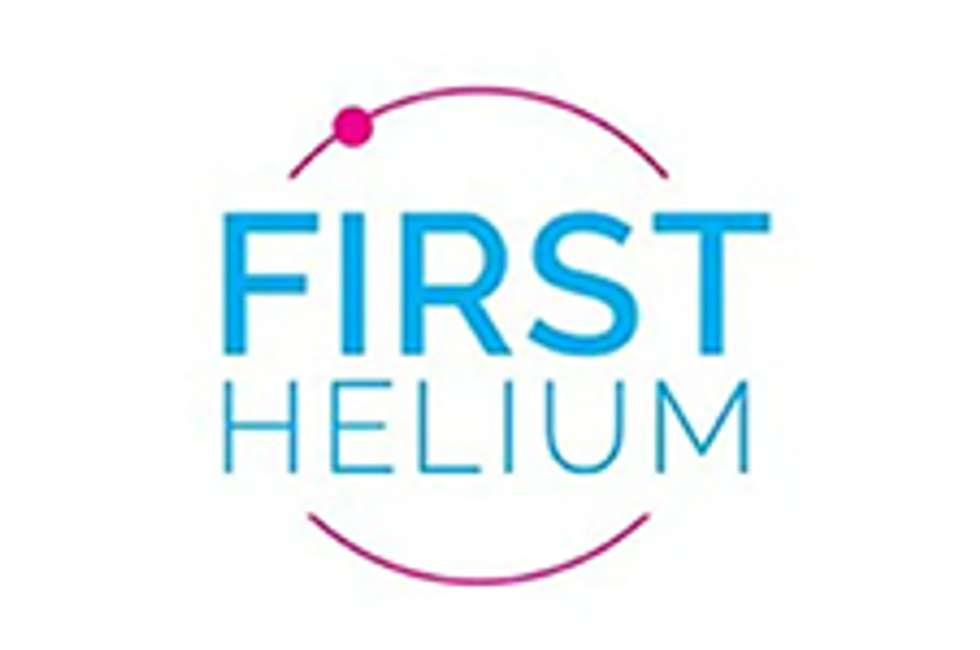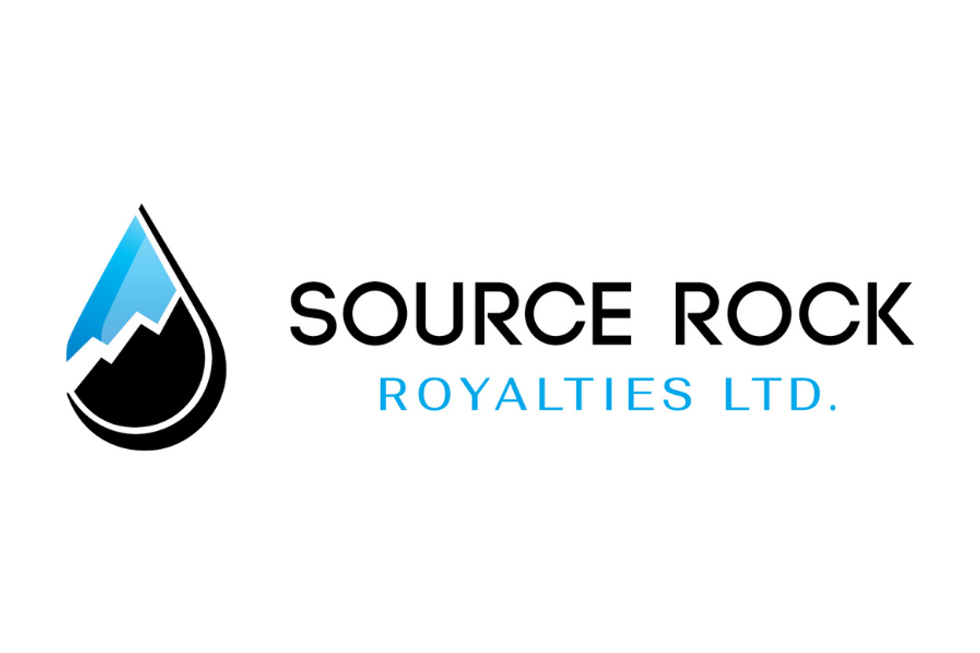The Conversation (0)
A look at frac sand and its impact on the oil and gas industries.
Unless you’re a professional in the oil and natural gas industries, you’d be forgiven for not being familiar with frac sand.
According to Geology.com, frac sand is high-purity quartz sand that features durable, round grains. Other sources state that frac sand, often referred to as a proppant, can be man-made, as in the case of sand industrially coated with resin. Ceramic crystals have also been highlighted as suitable proppants.
In the US, the American Petroleum Institute is in charge of setting frac sand specifications. Sand is evaluated based on: geology, grain size, crush resistance, solubility, turbidity, sphericity and roundness.
Unsuitable sand is separated from that used for fracking and typically sold for other needs.
What is frac sand for?
Accessing oil and gas within rock can be difficult due to a lack of interconnected pore spaces or pore spaces that are too small. However, hydraulic fracturing solves this problem through the process of creating fractures in the rock and pumping water into it, as per Geology.com. The water is treated with chemicals and thickeners that allow it to carry grains of frac sand into the fractures.
But why pump frac sand into the rock in the first place? Because it continues to prop open fractures after the water is turned off and allows drillers to access the oil and gas within — hence the name proppant.
Where does frac sand originate?
Citing data from the US Geological Survey, Well Servicing Magazine states that the US is the world’s leading producer of industrial sand and gravel, including frac sand. While sand deposits from Ohio and Virginia to Pennsylvania and Michigan have been mined for the material, Well Servicing Magazine states the best frac sand can be found in Minnesota, Missouri, Wisconsin, Illinois, Oklahoma and Texas.
However, frac sand cannot be used straight out of the ground, according to Geology.com. It must be processed at special plants. First the sand is stacked in piles to let the wash water drain off. After the sand is drained, it is placed in an air dryer to remove moisture, and finally dry grains are screened for specific sizes.
Risks associated with frac sand
While demand for frac sand is high, the material does not come without its detractors.
Some organizations have criticized the use of frac sand due to the air pollution it creates during the mining process. Specifically, the tiny dusty particles formed during mining have been linked to lung disease, according to Earth Works.
Similarly, the Occupational Safety and Health Administration (OSHA) has spotlighted fracking risks in a Hazard Alert.
“[The National Institute for Occupational Safety and Health’s] recent field studies show that workers may be exposed to dust with high levels of respirable crystalline silica (called ‘silica’ in this Hazard Alert) during hydraulic fracturing,” OSHA states. “Hydraulic fracturing sand contains up to 99 percent silica. Breathing silica can cause silicosis. Silicosis is a lung disease where lung tissue around trapped silica particles reacts, causing inflammation and scarring and reducing the lungs’ ability to take in oxygen.”
On a different note, some organizations, such as the ACEA, have raised concerns regarding groundwater corruption due to toxins left at wastewater ponds at mining operations, also pointing to risks regarding the transport of processed frac sand.
All that said, the frac sand industry continues to boom, and it appears that fracking activity and the demand for proppants it creates will not be slowing down anytime soon.
Recent news in the frac sand industry
In 2016, things are once again looking up for frac sand companies. Bloomberg says that sand use has doubled since 2011, and that the sand industry will “boom again as soon as fracking activity starts to pick up even a little bit.”
In what seems to be an answer to the increasing demand, US Silica Holdings (NYSE:SLCA) recently announced its US$210 million acquisition of privately-owned New Birmingham, a leading regional sand producer based in Texas that operates a single sand mine and plant with the capacity to produce over two million tons of fine-grade frac sand per year.
Another big frac sand company, Hi-Crush Partners (NYSE:HCLP), also announced its acquisition of a raw frac sand processing facility located in Blair, Wisconsin.
This article was originally published on Resource Investing News on December 2, 2014.
Don’t forget to follow us @INN_Resource for real-time news updates!
Securities Disclosure: I, Teresa Matich, hold no direct investment interest in any company mentioned in this article.






